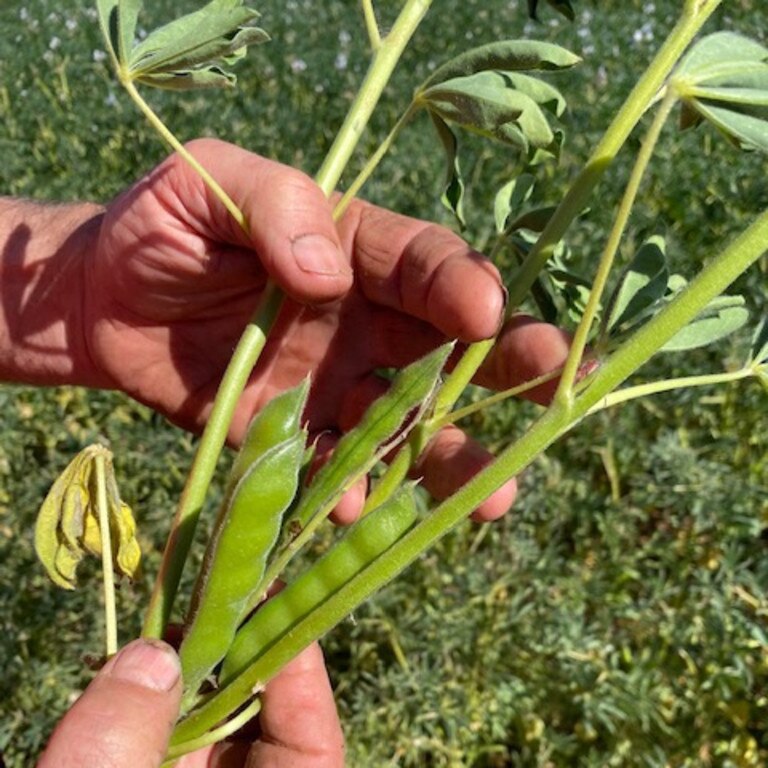Bond University scientists uncover way to fight aged care malnutrition
A way to fight the epidemic of malnutrition among aged care residents, which impacts about 50 per cent of people - has been uncovered by Qld scientists.

QLD News
Don't miss out on the headlines from QLD News. Followed categories will be added to My News.
Queensland scientists have uncovered a way to fight the epidemic of malnutrition among aged care residents - and it involves the lupin flower.
Roughly 50 per cent of people living in residential aged care in Australia are malnourished or at risk of malnutrition, according to the 2018 Royal Commission into Aged Care Quality and Safety.
According to researchers at Bond University a legume traditionally used for cattle feed might just be the answer – lupins and in particular, the albus, or sweet white lupin variety.
A study by academic Dr Cherie Hugo has found that adding lupin flour to the diets of aged care residents reduced malnutrition by 34 per cent in just three months when delivered - alongside improvements in resident quality of life and cost savings for homes.

The lupin flour is added to soups and cakes and desserts through rigorous recipe development strategies to yield a high nutritional content without impacting taste.
“Typically in aged care there’s been an overreliance on oral nutrition supplements, so when someone is losing weight unintentionally, supplements are prescribed and it’s really just a Band-Aid measure,” Dr Hugo said.
“So we were trying to look at ways to naturally fortify foods and lupin flour really meets all the criteria - it’s high in protein, high in soluble fibre, gluten free and contains the wound healing nutrient, arginine, as well as all nine essential amino acids.
“It also integrates almost seamlessly into a lot of the foods eaten in aged care homes.”

Dr Hugo has worked as a dietitian for 25 years and for the last 11 has run the Lantern Alliance, a national action-based research community of practice out of Bond University.
She is passionate about raising the bar of food standards in aged care.
“Since the initial research results, we developed the Nourish Program, integrating the use of lupins along with much needed training and support into homes,” she said.
“We’ve learnt that without support, lupin doesn’t deliver, but with the training, aged care homes are showing improvements between 25-50 per cent among their malnourished residents which is remarkably more than the published improvement rates across the sector of about 6 per cent.
“This in turn improves the quality of life of the residents we serve.”
Roughly 80 per cent of the world’s lupins are grown in Australia but not commonly consumed.
Through research such as this and more education and support from the Nourish Program, Dr Hugo suggests hospitals, community aged care and even jails could incorporate lupin flour into meals.
Originally published as Bond University scientists uncover way to fight aged care malnutrition




